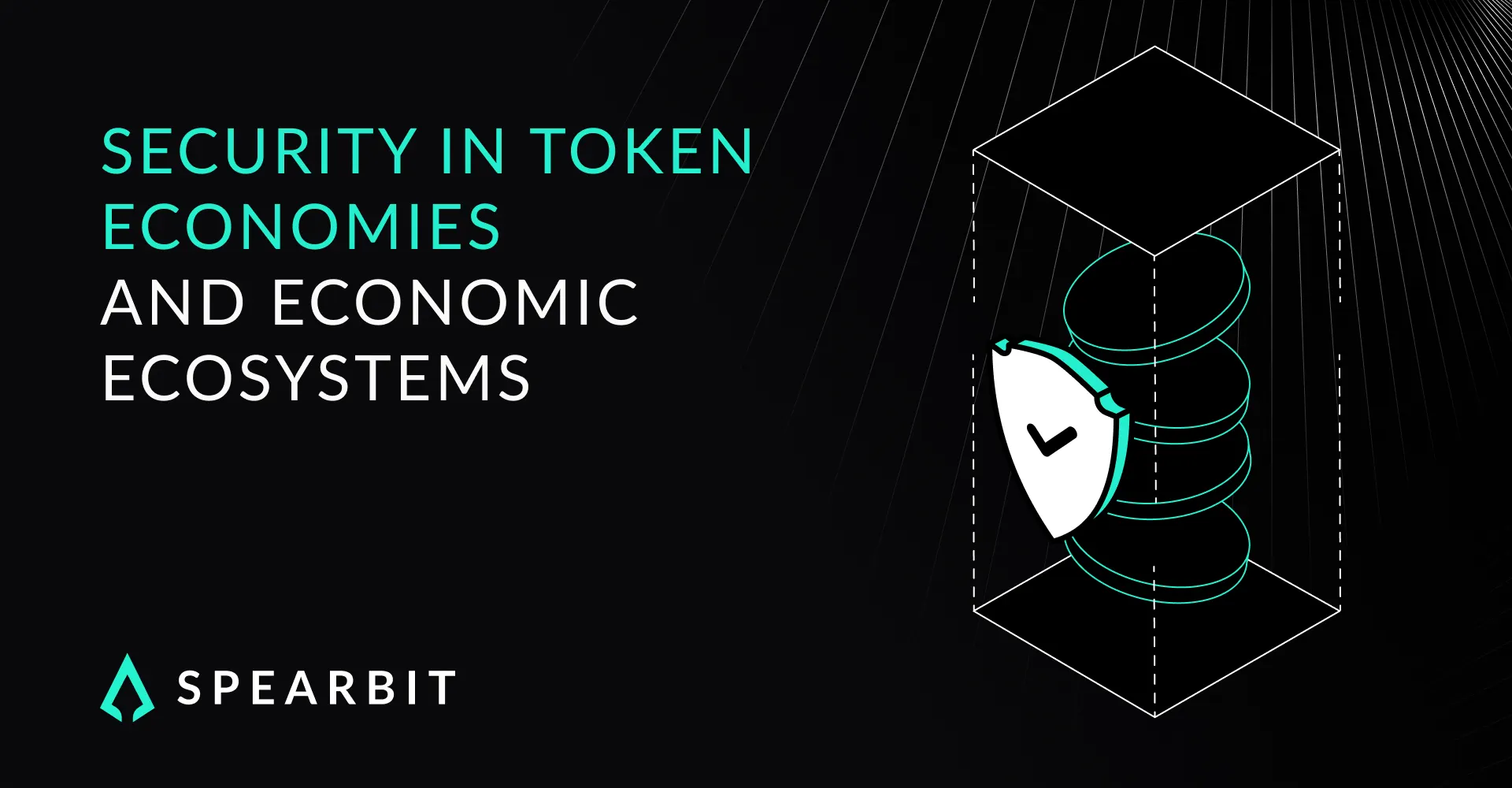The design and behavior of token economies increasingly define the risk posture of Web3 protocols. In 2025, this layer is no longer just about supply and inflation curves. It includes governance dynamics, interprotocol dependencies, tokenized real world assets, liquid staking derivatives, and cross chain collateral systems.
This blog explores how token design, incentive structures, and ecosystem entanglement impact security at the system level and how protocol organizations can assess and mitigate these risks.
Token Design Shapes Risk Surface
The utility and role of a token define where and how risk propagates. Tokens used for governance, staking, or collateral play multiple critical roles across protocol layers.
Risks introduced by token roles
A governance token can concentrate decision power in a small group, enabling malicious upgrades or treasury misuse. A staking token exposed to price volatility may create slashing cascades or validator churn. A collateral token used in leverage markets can create forced liquidation if price destabilizes.
Mitigation considerations
Stress test token functions under adversarial conditions such as governance attack, slashing event, or depegging. Monitor supply concentration, delegation flows, and circulation velocity. Ensure incentive alignment across all token functions, including governance and staking.
Interprotocol Dependency Risk
Protocols often rely on tokens issued or used by other systems. If a token acts as collateral in one protocol and a governance instrument in another, instability in one domain can propagate to others.
Examples of dependency risk
Protocol A uses Token X as collateral, while Protocol B uses Token X for governance voting. A devaluation in A triggers a voting imbalance in B. A staking derivative is used as loan collateral in three separate protocols. If staking yield changes or liquidity dries up, a feedback loop emerges across all systems.
Recommendations
Map dependency chains involving protocol-native and external tokens. Model liquidity and redemption risk under stressed market conditions. Include systemic dependency checks in protocol reviews and simulation tooling.
Real World Asset and Tokenized Fund Risk
Protocols integrating tokenized real world assets such as stablecoins, bonds, and money market funds introduce new exposure. These contracts often include off-chain dependencies such as custody, issuance rights, or redemption processes that exist outside of the protocol’s control.
Emerging risk vectors
Custodian or registry compromise undermines the value of tokenized assets. Governance actions in DeFi protocols depend on RWA tokens that may face jurisdictional freezes or regulatory flags. Circuit breakers or blacklisting mechanisms embedded in token contracts create implicit control risk.
Security response
Assess the legal and operational underpinnings of any real world asset backing a protocol-critical token. Model off-chain dependency drift or mismatch between asset state and token representation. Include off-chain systems in security scope, even if operated by third parties.
Governance Concentration and Manipulation
Incentive misalignment in governance design remains one of the most under-audited security surfaces. Token-weighted voting can lead to concentrated control, bribery, and inactive voter bases, each creating governance fragility.
Key risk dimensions
Vote concentration in multisigs, centralized exchanges, or large DAOs introduces capture risk. Governance power can be transferred or delegated without review, exposing systems to silent takeovers. Inactive token holders dilute quorum reliability and slow response to emerging threats.
Mitigation strategies
Publish regular governance health reports, including vote distribution and delegation tracking. Enforce time delays and public proposal previews for all impactful actions. Consider non-tokenized veto or review mechanisms for emergency decision flows.
Modeling Systemic Risk in Token Ecosystems
Systemic risk in tokenized economies behaves similarly to contagion in financial networks. Highly interconnected systems can amplify the effects of one protocol’s failure.
Security modeling techniques
Leverage exposure mapping to trace how leverage or collateral is reused across protocols. Redemption pressure simulation to model what happens during mass token exit scenarios. Token correlation stress testing to assess what happens when correlated assets move together.
Proactive approaches
Maintain a dependency registry updated with protocol integrations and collateral assumptions. Include multi-protocol test environments in prelaunch reviews. Consider governance circuit breakers triggered by rapid token movement or governance reconfiguration.
Final Thoughts
Web3 security is increasingly economic. It is not enough to secure contract logic in isolation. The design of token economies, who holds tokens, what tokens do, where they are used, and how they are connected, defines the resilience or fragility of a protocol.
Protocols that understand their token’s lifecycle, usage across systems, and incentive dynamics are better positioned to prevent cascading failures. Teams must assess risk not just at the vault or module level, but at the ecosystem level.
Spearbit supports protocols with composability-aware and economically informed audits. Our architecture analyses map dependency risk, model governance exposure, and validate economic assumptions as part of a security-first token lifecycle. Reach out to learn more.




